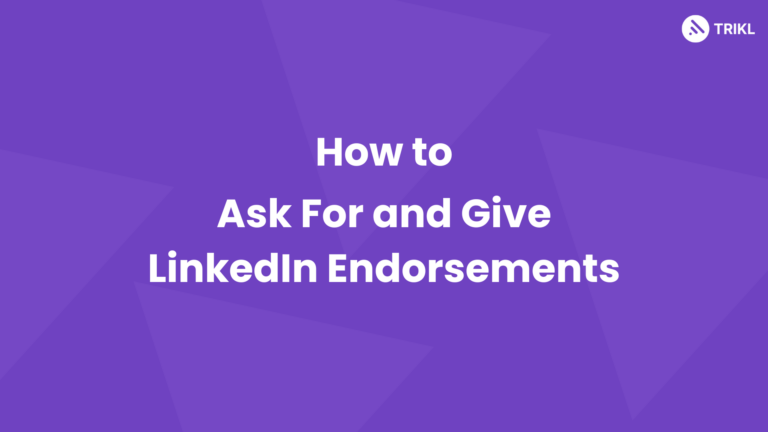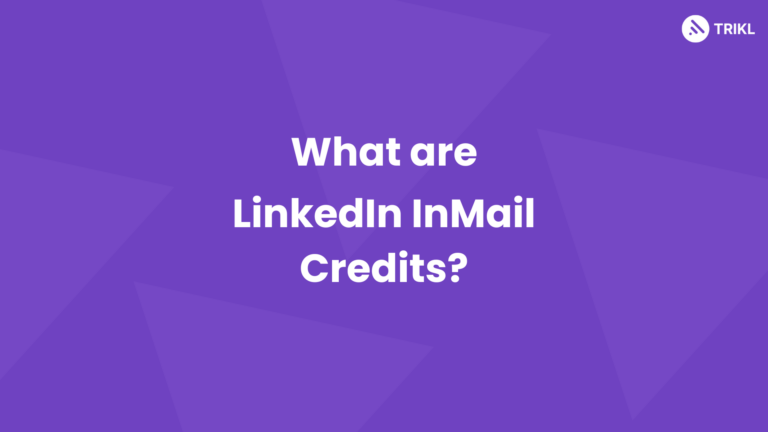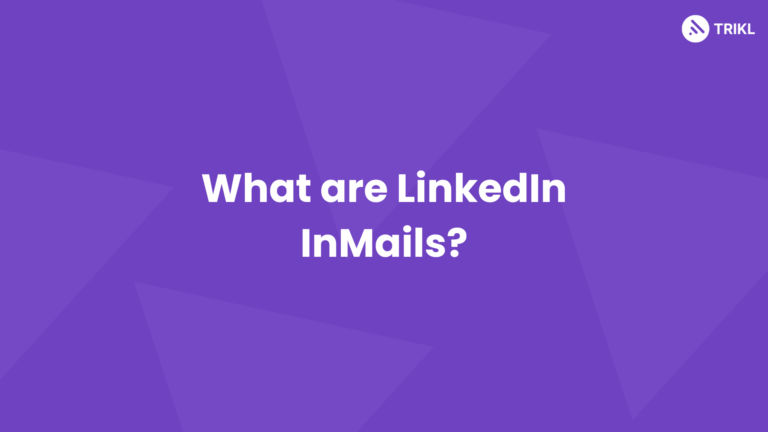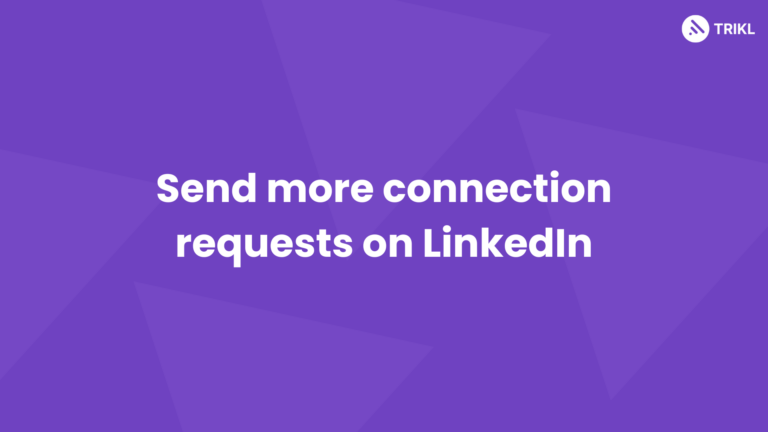If you’re in a hurry here are 7 steps on how to create SEO-Optimized LinkedIn posts:
- Research keywords: there are many tools (mentioned below)
- Optimize headings and subheadings
- Write engaging content
- Incorporate Internal Links
- Leverage External Links
- Optimize Meta Descriptions and Image Alt Text
- Engaging with Your Audience
Wait! before you jump off. Using wrongly can restrict your growth.
If you don’t want that, read below:
Introduction:
With millions of users and a focus on professional networking, LinkedIn is a powerful platform for building connections and reaching potential clients or employers.
However, with proper optimization, your posts may stay aware of the noise of the forum. In this blog post, we will explore the world of SEO-optimized posts on LinkedIn and provide valuable tips to help you boost your visibility and reach a wider audience.
Whether you’re an entrepreneur, freelancer, or job seeker, understanding SEO and applying it to your LinkedIn content strategy is crucial for building your Personal brand and achieving your goals.
Understanding effective SEO:
Before optimising your LinkedIn posts, let’s briefly cover SEO basics.
SEO, or Search engine optimisation, improves your website or content visibility on search engines like Google. By implementing specific strategies and techniques, you can increase your chances of ranking higher in search engine results pages (SERPs).
This ultimately leads to more organic traffic and better exposure for your content. All while you Save Money on Ads.
The Importance of SEO-Optimization on LinkedIn:
As a social media platform focused on professional networking, LinkedIn provides immense opportunities for individuals and businesses alike.
Whether you aim to attract potential clients, connect with industry professionals, or showcase your expertise, optimising your posts for search engines can significantly enhance your LinkedIn presence.
By understanding and implementing SEO best practices on your LinkedIn profile and posts, you can improve your visibility, gain more followers, and boost engagement with your target audience.
Moreover, it makes your posts stand out and gives you the ability to repurpose your content for blogs or otherwise.
Tips for Creating SEO-Optimized Posts on LinkedIn:
1. Finding Keywords that bring traffic
Integral to any successful SEO strategy is conducting thorough keyword research. Identify related keywords that align with your content and target audience.
4 SEO research tools that can help you (in order of our recommendation):
- UberSuggest
- SEMRush
- Ahrefs
- Google Keyword Planner
These tools can help you discover popular and relevant keywords for your LinkedIn posts.
Incorporate keywords like this into your content:
- Title
- 1st paragraph
- 1-4 times in the text (depending on length)
- in the last paragraph
Avoid keyword stuffing (overdoing the above), which can negatively impact readability and search engine rankings.
2. Utilizing Headings and Subheadings
Proper use of headings and subheadings not only organizes your content but also helps search engines understand its structure and relevance.
Incorporate your primary and related keywords naturally into these headings and subheadings whenever possible.
This practice enhances the SEO optimization of your LinkedIn posts while making your content easy to skim and navigate for readers.
3. Writing Engaging and Result-Driven Content
While SEO optimisation is essential, it should never compromise the quality and value of your content.
5 types of engaging content you should try if you’re clueless:
- Infotainment
- Industry insights,
- tips and hacks,
- statistics,
- topical industry updates
Ensure your posts offer unique perspectives, actionable advice, or thought-provoking ideas.
By establishing yourself as a credible source of valuable information, you’ll naturally attract more readers and engagement on LinkedIn.
4. Incorporating Internal Links
Like on websites, internal links are crucial for guiding readers to relevant content within your LinkedIn profile.
Whether linking to related articles, previous blog posts, or other sections of your profile, internal links entice readers to explore more of your content.
Additionally, these links help search engines understand the relationship between your posts, ultimately improving your content’s visibility and authority.
Also, use your own links to create backlinks to your website or lead magnet.
5. Leveraging External Links
While internal links are essential, don’t forget about the power of external links. Including links to reputable and authoritative sources within your LinkedIn posts adds value to your content. It shows that you’ve done your research and can provide readers with additional context or resources.
Try tagging influencers if they’re relevant to the posts.
Furthermore, search engines consider external links a sign of credibility and relevance, contributing to your post’s SEO optimisation.
6. Optimizing Meta Descriptions and Image Alt Text
Meta descriptions and image alt text are often overlooked aspects of SEO optimisation.
Write compelling meta descriptions that accurately reflect your content and entice users to click through.
Incorporate relevant keywords naturally to optimise these descriptions for search engines.
Similarly, when adding images to your LinkedIn posts, ensure you include descriptive alt text that incorporates relevant keywords. This practice enhances accessibility for visually impaired users and contributes to your overall SEO efforts.
7. Engaging with Your Audience
Engagement is crucial for building relationships and growing your LinkedIn network.
Respond to comments, messages, and inquiries promptly to show that you value your audience.
Ask thoughtful questions, encourage discussions, and actively participate in relevant LinkedIn groups.
By fostering engagement, you enhance your visibility, attract more followers, and increase the likelihood of others sharing your content, ultimately improving your SEO optimisation on the platform.
Conclusion:
In today’s digitally connected world, leveraging SEO optimisation is essential to stand out and maximise your reach.
I hope now you’ve a better idea on how to create SEO-Optimized posts on LinkedIn. Remember to research keywords, utilise headings and subheadings, write informative content, incorporate internal and external links, optimise meta descriptions and image alt text, and actively engage with your audience. With consistent effort and effective SEO practices, you’ll enhance your visibility on LinkedIn, expand your network, and achieve your professional goals.
So, why wait? Start optimising your LinkedIn posts today and unlock new opportunities!
Frequently Asked Questions (FAQs)
Q: How often should I post on LinkedIn?
A: It’s not about quantity, but quality. Consistency, relevance, and engagement are more important than frequency.
Q: Can I use hashtags in LinkedIn posts?
A: Absolutely! Hashtags can boost your visibility, wildly when trending or relevant to your content.
Q: What’s the ideal length for a LinkedIn post?
A: Short and sweet typically does the trick. Aim for no more than 1,300 characters.




